
Hello,
I’m a beginner wine maker, and my last batch (2012) grapes were picked late. As the result the Brix level was high (27), and based on others recommendation I added some water to lower the Brix level. But this also lowered the TA to about .40%, which is lower that recommended. So the same expert friend also recommended adding some Tartaric acid to increase the TA. I used half the recommended amount, and ended up with .75%, which is too high. My Red wine is now aging in an Oak barrel, and the TA has been naturally lowered. But it is still a bit too sour for my taste. What do you recommend, not touching it, or to make further adjustment?
Name: Massoud V.
State: Washington
—–
Hello Massoud,
Sorry you are having such a problem with your wine’ s acidity. Fortunately, there is something you can do to correct the wine.
Add
potassium bicarbonate to the wine, also referred to as Acid Reducing Crystals. This works fairly well when you only need to adjust the
total acidity (TA) just a little bit — say 10 or 20 basis points. The potassium bicarbonate will cause some of the tartaric acid in the wine to solidify as potassium bitartrate crystals and settle to the bottom.
Potassium bicarbonate is very simple to use. You stir in the appropriate amount needed and then let the wine set for anywhere from 1 week to 1 month. Take weekly readings with an
Acid Test Kit. When you no longer see any change in the reading and the potassium bitartrate crystals have had time to clear, then you are free to bottle the wine at your leisure.
It’s good to be patient with this step. If you bottling the wine before all the crystals have formed or have had time to settle out, then you will end up with crystal deposits in your bottles of wine. Also, the cooler you can keep the wine during this step, the faster it will go. So store the wine in as cold of place as possible, but do not freeze.
Knowing how much potassium bicarbonate to add is simply a math problem. For every teaspoon of potassium bicarbonate you add to a gallon of wine, you will reduce the total acidity of that wine by .18%.
Let’s assume that you have a 5 gallon barrel of wine, and the TA has settled in a .70% tartaric — but you want it to be .60% tartaric. That means you want to lower the total acidity by .10%. If one teaspoon will lower a gallon by .18%, then one teaspoon will lower 5 gallons by .036% (.18 / 5 = .036). With this information you can determine that you need to add 2.78 teaspoons to the 5 gallons to lower the total acidity by .10% (.10 / .036 = 2.78).
Before using the Acid Reducing Crystals you may want to give the wine more time to age. You say that the total acidity of the wine is
naturally lowering. What this means is some of the tartaric acid is dropping out on its own. As eluded to before, if you cool the wine down it may increase this natural dropping-out of tartaric acid to an extent that is acceptable.
But if you done waiting, then by all means use the potassium bicarbonate. If is a very accurate way to predictably lower your wine’s acidity and is fairly simple to do.
One other subject we won’t get into here but is something you may want to investigate, is
using a malolactic fermentation to reduce your wine’s acidity . It’s
not the right thing to do to all wines, but may be an option for the wine you have.
Happy Winemaking,
Ed Kraus
———————————————————————————————————
Ed Kraus is a 3rd generation home brewer/winemaker and has been an owner of E. C. Kraus since 1999. He has been helping individuals make better wine and beer for over 25 years.
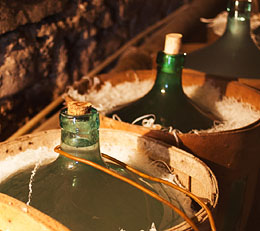 Our wine is still blowing the corks off the carboys. The SG has stopped going down-the wine tastes GREAT-the clarity is great-but, I am a little iffy on going ahead and bottling the wine. Do I need to keep racking our wine to get all the sediment out? What else can we do, to make our wine safe to bottle? These are all really GREAT tasting wines! Some of the wine jugs still have the air-locks in place. Sharyl Name: Sharyl R.
Our wine is still blowing the corks off the carboys. The SG has stopped going down-the wine tastes GREAT-the clarity is great-but, I am a little iffy on going ahead and bottling the wine. Do I need to keep racking our wine to get all the sediment out? What else can we do, to make our wine safe to bottle? These are all really GREAT tasting wines! Some of the wine jugs still have the air-locks in place. Sharyl Name: Sharyl R.
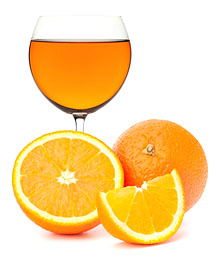 Hi Ed,
Hi Ed,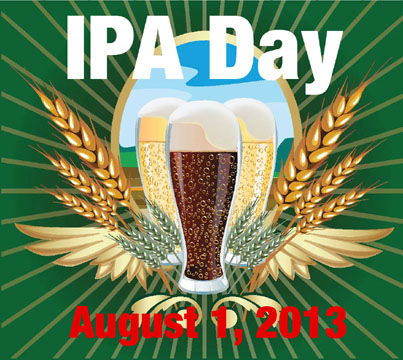 IPA Day is August 1st, a celebration of hops and quite possibly America’s favorite craft beer style.
IPA Day is August 1st, a celebration of hops and quite possibly America’s favorite craft beer style. Beer blogger Heather Erickson shares why you should join a home brew club ASAP:
Beer blogger Heather Erickson shares why you should join a home brew club ASAP: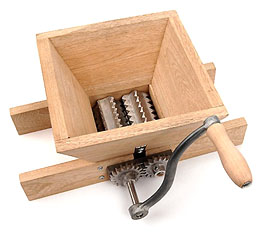
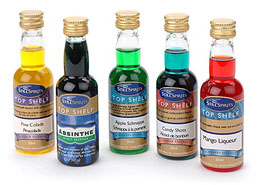
 Hello,
Hello, I have an overrun one gallon jug of Merlot on its 2nd racking and its got some white moldy looking stuff on top of the wine between the wine and the stopper . Which is a 1 inch gap. What’s up with that? And should I rack it and see what happens or what?Name: Dennis D.
I have an overrun one gallon jug of Merlot on its 2nd racking and its got some white moldy looking stuff on top of the wine between the wine and the stopper . Which is a 1 inch gap. What’s up with that? And should I rack it and see what happens or what?Name: Dennis D.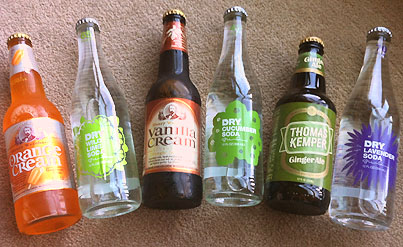 Traditionally, a Shandy is a lager beer mixed with lemonade or citrus soda. You will find quite a few examples on the supermarket shelves this time of year. However, with beer making it’s way into the craft cocktail circuit, a Shandy could really include any type of beer (especially a homebrew!) mixed with any kind of soda. Remember how you squeezed those extra lemons in a barely drinkable beer? Now, you can do that on purpose for new, palatable flavor combinations. Below are a few of my Shandy creations that will surely become your summer favorites:
Traditionally, a Shandy is a lager beer mixed with lemonade or citrus soda. You will find quite a few examples on the supermarket shelves this time of year. However, with beer making it’s way into the craft cocktail circuit, a Shandy could really include any type of beer (especially a homebrew!) mixed with any kind of soda. Remember how you squeezed those extra lemons in a barely drinkable beer? Now, you can do that on purpose for new, palatable flavor combinations. Below are a few of my Shandy creations that will surely become your summer favorites: